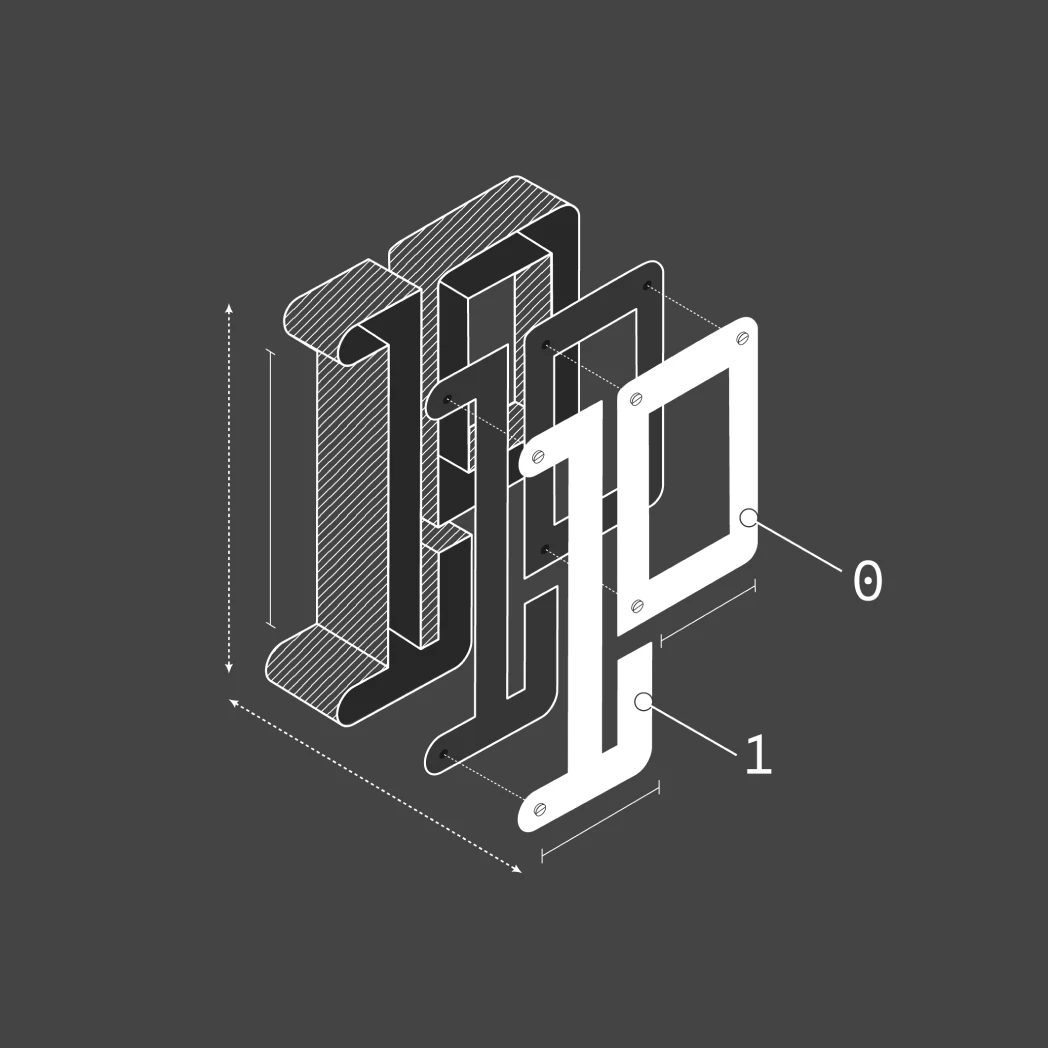The importance of user experience (UX) and user interface (UI)
QUICK SUMMARY
User experience (UX) and user interface (UI) designers play a critical role in the development of digital products. By prioritizing UX/UI from discovery through to development, you can craft the best user experience possible.


While we’ve learned that user experience (UX) is the art of blending accessibility with functionality and that user interface (UI) is the creation of interactive and visually interesting design, we haven’t really touched on why both practices truly matter in the development of digital solutions like software and mobile apps.
And in case you may have missed it, you can learn more about the key differences between user experience and user interface here.
Today, we’ll focus on understanding the importance of UX/UI and why the practice is so crucial in bridging the gap between conceptual ideation and tangible solutions.
From research and discovery right on through to the design phase of a digital project, UX/UI designers are a key part of our product trio in helping to understand and analyze problems with a focus on delivering valuable experiences for our clients and their customers.
While product managers may focus on project viability and software developers on feasibility, UX/UI designers focus their efforts on how users will actually use the end product.
What are the key benefits of UX/UI design?
01
Better user experience
One of the most important responsibilities of a UX/UI designer is to recognize and know what a particular user’s needs, pain points, and end goals are. By truly understanding what a user is currently experiencing, UX/UI designers can craft engaging, useful, and consistent experiences that compel users to continue using a particular piece of software, app, or digital product.
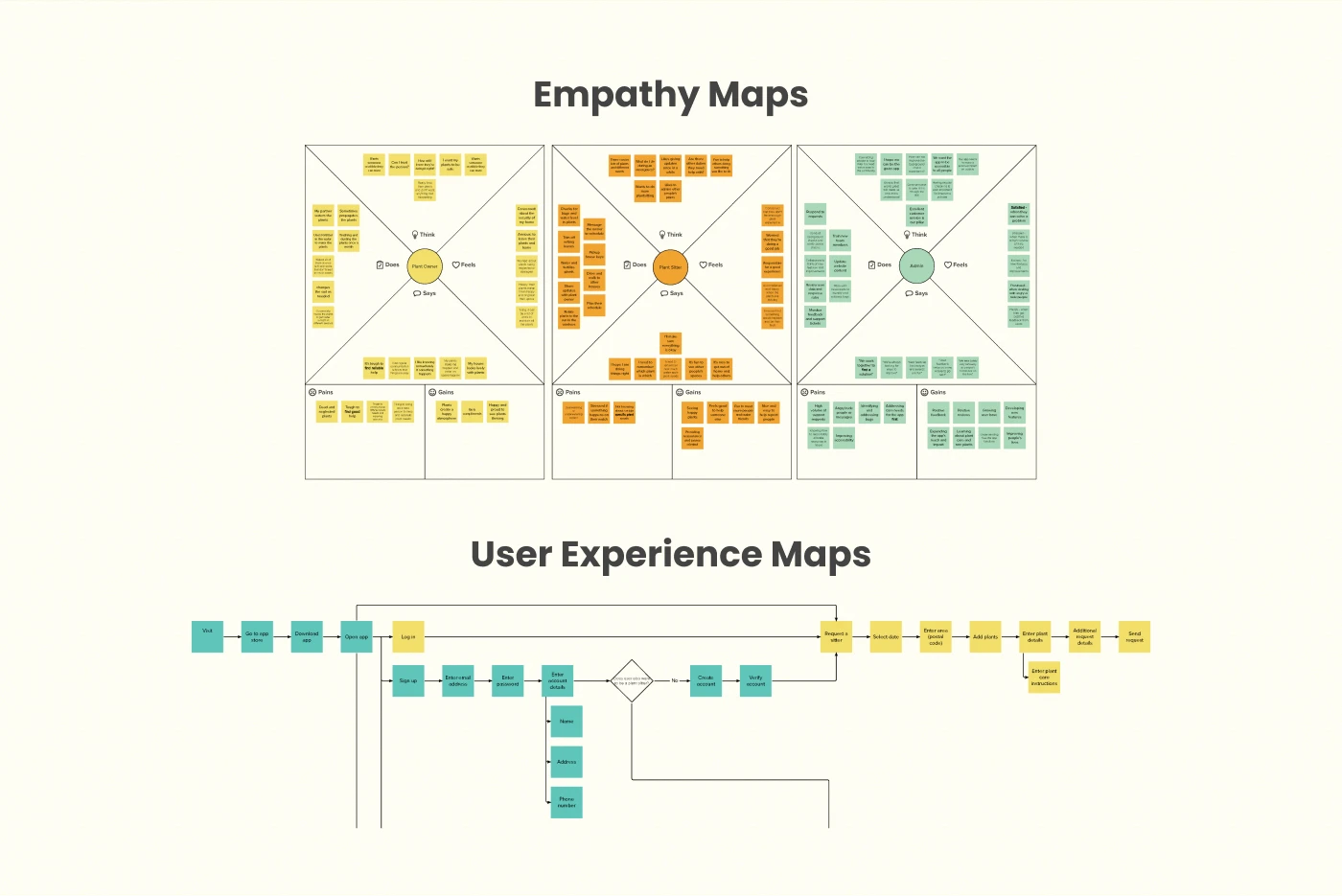
02
Consistency of brand
A well-designed and aesthetically-pleasing interface can really help reinforce your brand identity—making your company more memorable and recognizable to your users.
Users often perceive products with consistent use of on-brand colours, typography, and image assets as being easier to use and are often more forgiving of minor bugs or technical issues if your product is more visually appealing and utilizes a cohesive brand look.
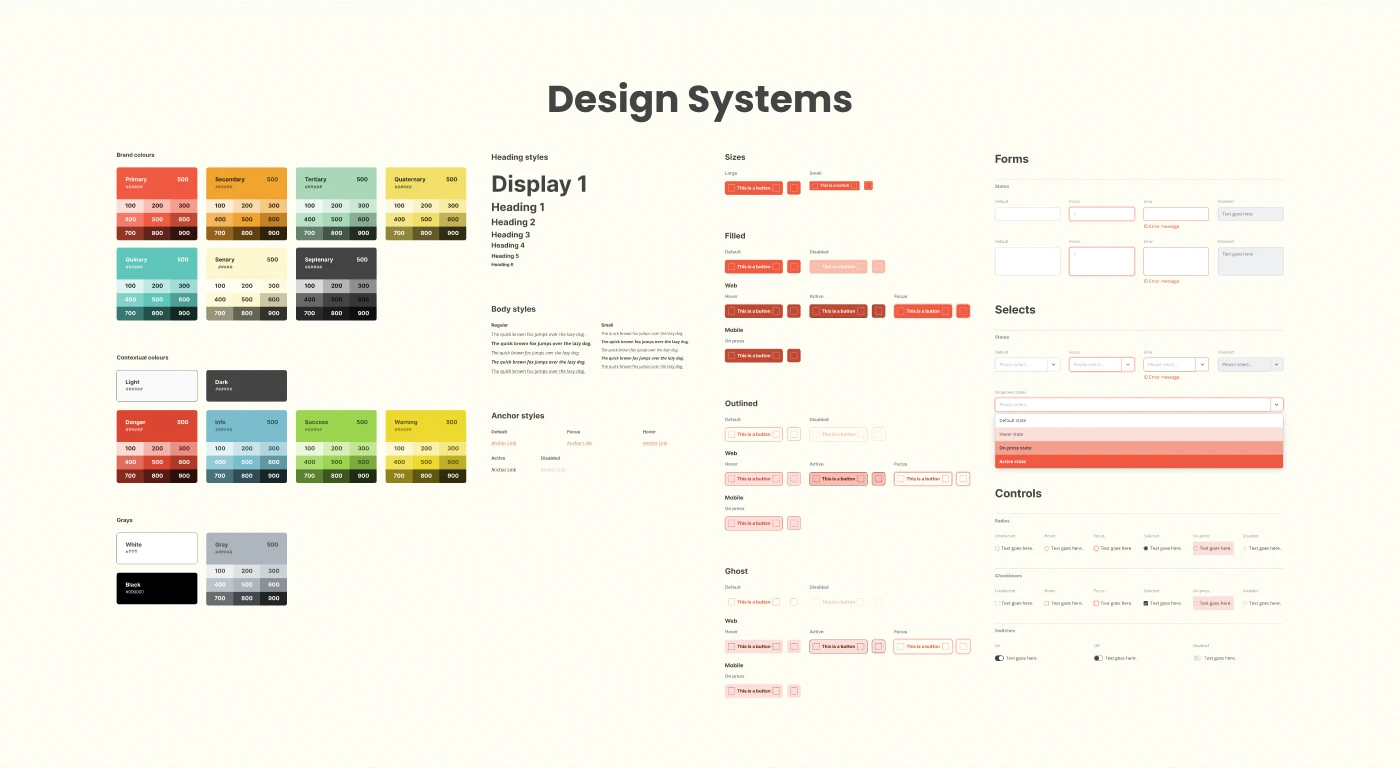
03
Optimized delivery and development
UX/UI designers help uncover root problems and provide solutions to alleviate said issues within the constraints of time, budget, and user needs.
Investing in UX/UI design upfront can help reduce troubleshooting and development time by ensuring what is being built will actually solve the correct problems for the end user. By developing reusable patterns and design systems, UX/UI helps drives consistency and actually improves efficiency during the development phase.
Crafting these rich, easy-to-use, and engaging experiences helps prevent costly revisions and modifications post-product launch as a result of building incorrect digital solutions.
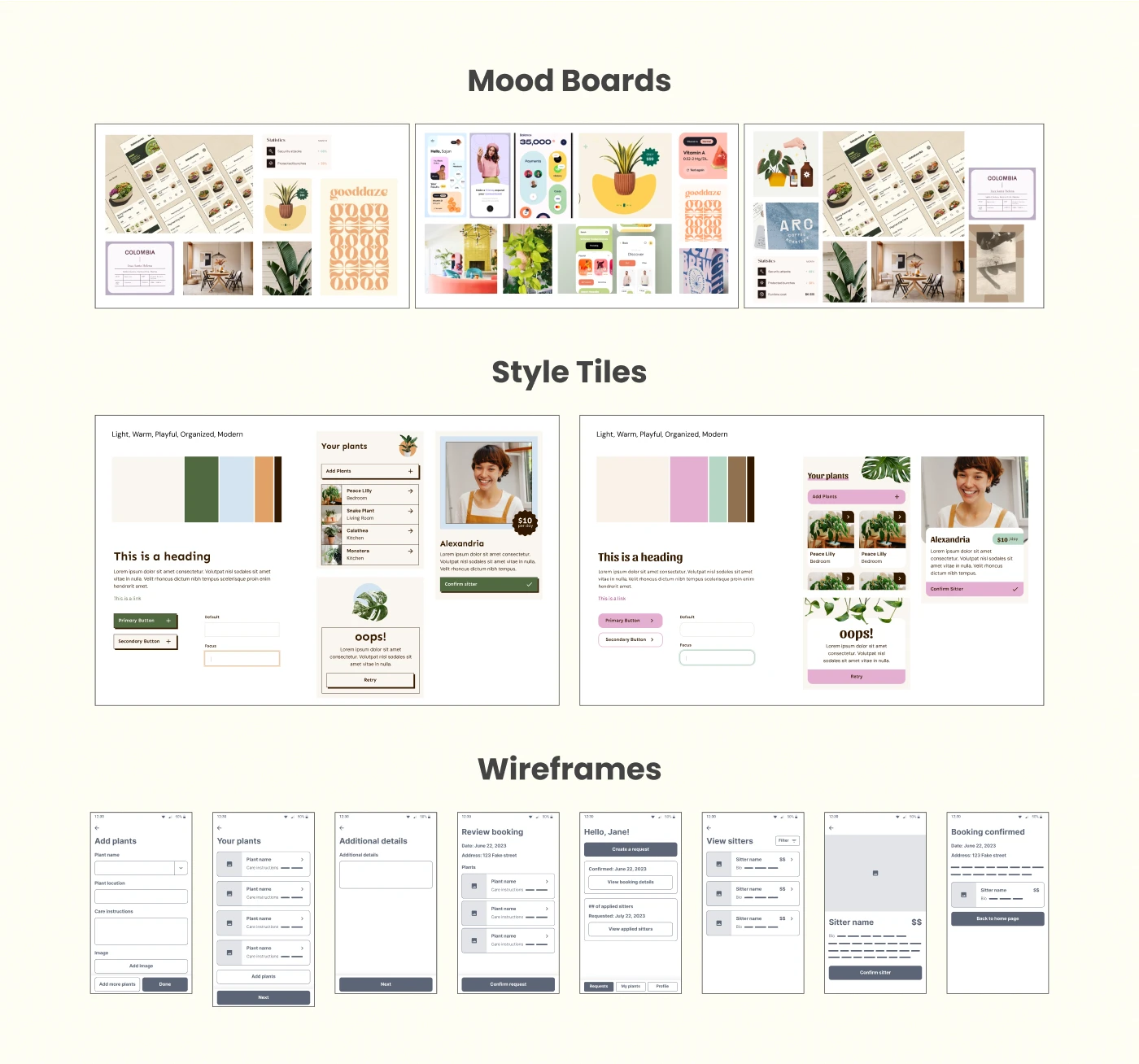
04
Better user retention
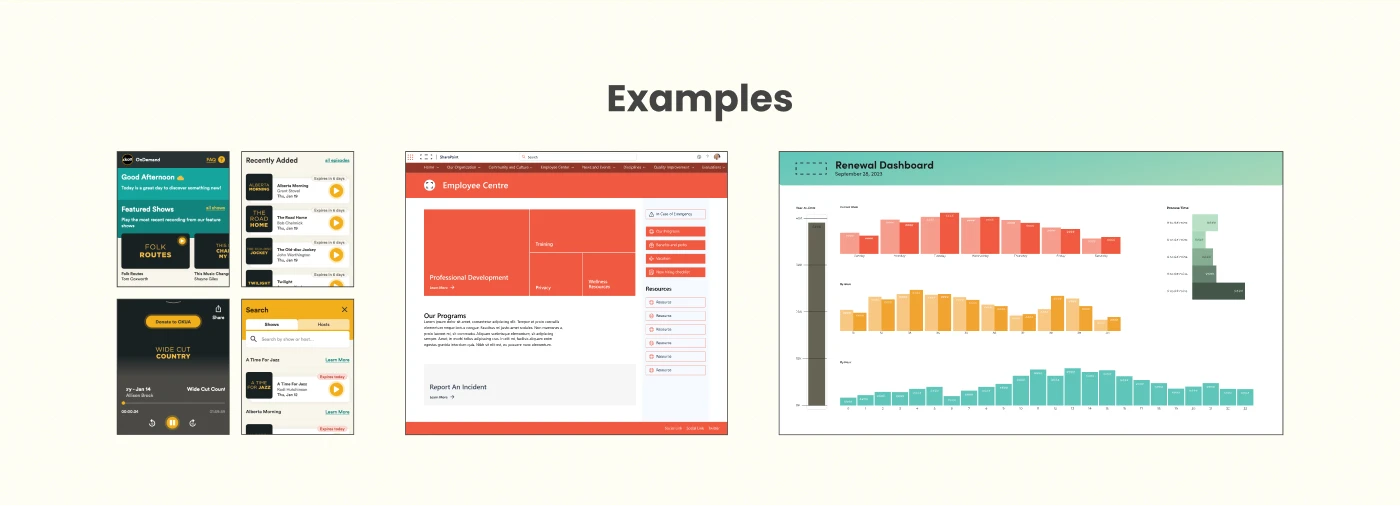
The easier to use your software or mobile app is, the more you attract and retain users and, ultimately, customers. A well-designed user experience keeps people highly engaged which results in increased retention and usage rates.
Similarly, user-friendly and streamlined tools that support your internal staff such as company portals and intranets can also increase productivity, reduce friction amongst teams, and even free up time to spend on higher value corporate initiatives.
What happens if UX/UI design is ignored?
If you choose to develop your digital product without a conscious and intentional focus on user experience (UX) and user interface (UI) throughout the project, your users may:
- Abandon your product all together and seek alternative digital solutions from your competitors.
- Struggle to find information or fail to accomplish what they need to do resulting in frustration or app abandonment;
- Fail to convert as a result of poorly designed interfaces resulting in lost sales;
- Require additional customer support due to poor usability resulting in increased customer service costs;
- Disengage or disassociate with your brand as a result of a clunky or confusing interface;
- Abandon your product all together and seek alternative digital solutions from your competitors.



You Might Also Like
Featured Posts

Let’s Build What’s Next (A Punchcard Celebrates 2025 Retrospective)
Read more: Let’s Build What’s Next (A Punchcard Celebrates 2025 Retrospective)







